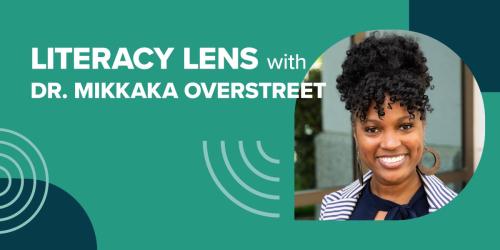When Bullying Crosses the Line
When bullying occurs, it’s often the perpetrator who gets the attention. When Education Northwest’s Kendra Hughes provides support to schools and districts on preventing harassment and bullying, she emphasizes the victim’s perspective.
“Typically in harassment and bullying, the victim gets singled out because of who they are,” she says, citing research by the American Educational Research Association. “You cannot treat people differently because of who they are,” she says.
Treating someone differently is outrageous to me. Going after someone because you don’t like the way they dress is bullying. When the student’s dress represents an ethnicity or religion, it becomes harassment and a civil rights issue, because it singles out someone based on national origin. It’s important for teachers to understand what’s going on and send the message to the victim that ‘we’ve got your back.’ There are simple things educators can do to keep students from getting singled out, so kids don’t have to go to school every day and not want to be there.
—Kendra Hughes
According to Hughes, a powerful strategy parents can use when their child is involved in a conflict—either as a victim or a bully—is simply to reach out to the school. “Talk to your child’s teacher, schedule a meeting, call them, and listen to what they have to say,” she suggests. “The bottom line is schools and parents need to work together.”
For schools, she says that it’s important to name the individual behaviors that constitute bullying—from name calling to physical aggression to everything in between—rather than to just call it bullying.
Hughes also recommends thinking about harassment and bullying from the student’s point of view. In training sessions, she shares with educators strategies for responding to bullying based on feedback from students. Taking it a further step, she suggests putting together a short, personalized student survey so that the strategies and resources students value can help guide decision making. "A school climate survey is a great way to determine how students feel about their school, how safe it is, and whether there are hot zones that adults may not know about,” she says.
Strategies for Responding to Bullying and Harassment From Students’ Points of View
Most Helpful Adult Responses
- Gave me advice
- Checked in to see if I was okay
- Increased adult supervision
- Punished the student who bullied me
- Listened to me
Least Helpful Adult Responses
- Ignored the situation
- Told me to act differently
- Told me to solve it myself
- Told me to stop tattling
- Acted like I was starting trouble
- Made situation worse
Effective Parent/Community Responses
- Intervene immediately
- Talk to youth about behaviors
- Name the behaviors you see
- Talk about appropriate ways to handle conflict
- Talk about following rules/expectations
- Talk to your school counselor if your child is the bully or victim
What Schools Should Do
- Intervene immediately
- Document student reports
- Investigate the problem
- Increase supervision and monitoring
- Teach children alternative ways to manage situations, without violence
- Avoid confrontations with the other child, parents, and school staff



